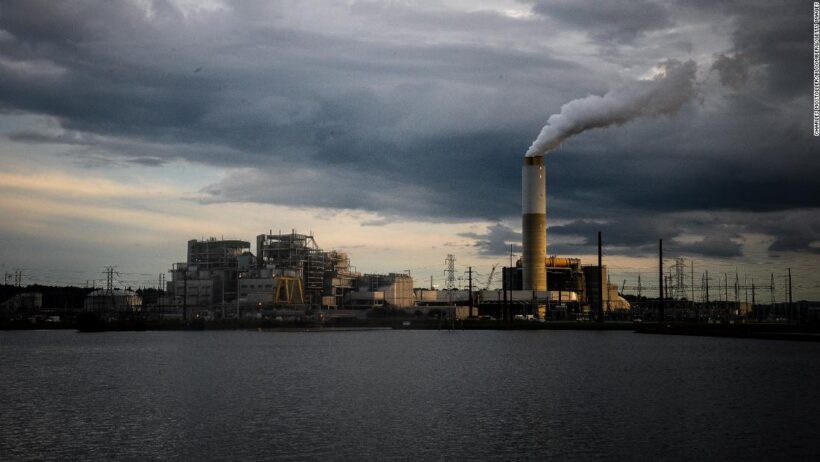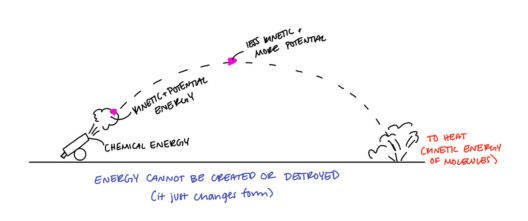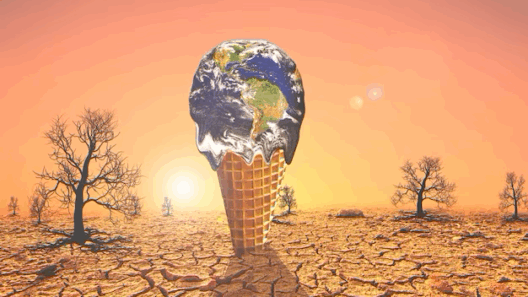Throughout history, coal has played a pivotal role in the development of societies. From fueling the steam engines of the Industrial Revolution to supporting modern electricity generation, our reliance on coal demonstrates a complex narrative of progress, but also peril. As we explore the story of coal and its consequential impact on climate change, a playful question emerges: What if we could rewrite our energy narrative and harness the very forces that have historically threatened our planet?
Coal, primarily formed through the coalification process of ancient plant material, takes millennia to accumulate. Found in seams beneath the earth’s crust, these fossil fuels are categorized into four main types: anthracite, bituminous, sub-bituminous, and lignite. Each grade varies in carbon content, energy density, and environmental implications. Despite its ubiquity, the extraction and combustion of coal present significant challenges that escalate the climate crisis we face today.
Mankind’s fascination with coal began in earnest during the 18th century. It became the backbone of the burgeoning industrial economy, powering factories and cities. But as industrial activities expanded, so did the extraction techniques. From the rudimentary manual mining methods of the past to today’s mechanized operations, the scale has dramatically surged. Surface mining techniques, such as mountaintop removal, have wrought devastating biodiversity loss and altered ecosystems irreversibly.
With the advent of mechanization, the efficiency of coal extraction increased, but at a great environmental cost. In the excitement of extracting these valuable resources, few considered the ramifications of coal burning. The combustion of coal emits a plethora of pollutants: sulfur dioxide, nitrogen oxides, particulate matter, and carbon dioxide. Among these, carbon dioxide (CO2) stands out as a primary greenhouse gas, fundamentally altering our atmosphere and exacerbating global warming.
As communities around the globe grapple with the consequences of climate change—from rising sea levels to intensified weather patterns—the reality that coal is a major contributor cannot be ignored. For every megawatt-hour of electricity produced from coal, approximately 2.2 pounds of CO2 are released into the atmosphere. In 2021 alone, coal-fired power plants accounted for roughly 40% of global electricity, making it a substantial driver of anthropogenic climate change.
Yet, transitioning away from coal is not merely about reducing emissions; it also involves tackling socioeconomic factors. Entire communities have been built around coal mines, creating dependencies that complicate the shift to renewable energy sources. With such a profound reliance on this fossil fuel, how can we advance toward a more sustainable future without neglecting the livelihoods of those who have long depended on coal? This presents a significant challenge: balancing economic stability with environmental responsibility.
As we pivot to envision a different energy future, we must consider the vast potential of renewable energy sources. Solar, wind, and hydroelectric energy provide clean alternatives that mitigate climate impacts. Countries such as Denmark and Germany have made significant strides in incorporating renewable energy into their energy portfolios. Their success stories provide a roadmap for other nations, illustrating that it is indeed possible to sever ties with coal while sustaining energy needs.
In addition to renewable energy, the role of technology in our energy transition cannot be overstated. Carbon capture and storage (CCS) technologies present an intriguing solution, capturing CO2 emissions from coal plants and storing them underground. However, critics argue that relying on CCS may prolong the lifecycle of coal and distract from initiatives aimed at a more complete transition to clean energy. This raises an essential query: Can we trust technological fixes, or should they merely be a bridge to a cleaner tomorrow?
The narrative surrounding coal is not solely about mitigation; it is also a story of resilience and adaptation. Regions historically reliant on coal mining can pivot toward new industries, such as sustainable agriculture or technology development. Through education and investment, we have the opportunity to cultivate a workforce that is prepared for the green economy. This proactive approach allows for an inclusive transition, ensuring that no community is left behind in the shift from fossil fuels to renewable resources.
As we navigate these intricate challenges, public awareness and advocacy play monumental roles in shaping policy decisions. Grassroots movements have emerged to vocalize the urgent need for action against climate change, pushing governments to embrace renewable energy initiatives. The power of collective action demonstrates that individuals can influence the trajectory of our energy systems and holds the hope of mitigating climate change on a global scale. But, will the momentum generated by these movements sustain itself long enough to engender lasting change?
Ultimately, the full story of coal and climate change is one of caution and hope. It captures our past mistakes while providing glimpses of a sustainable future. The challenges of transitioning from a coal-dependent society to one that embraces renewable energy sources are daunting, yet they are not insurmountable. In redefining our relationship with energy, we must ask ourselves if we can unshackle from the chains of coal and forge a new path toward environmental stewardship. The answer lies in our collective action, innovation, and commitment to a habitable planet for generations to come.








